Posted on 9/26/2025
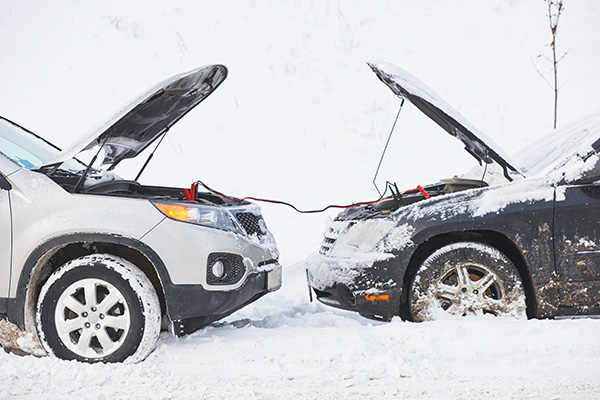
When the first snow falls and temperatures drop, most drivers think about snow tires and maybe topping off the windshield washer fluid. But winter weather does more than coat your car in salt and ice. It quietly tests every system under the hood. And while some cold-weather prep is common, other important tasks often get skipped. Here are seven winter maintenance steps that many drivers overlook, but that can make a big difference in how your car performs during the coldest months. 1. Checking Battery Health Under Load Most people only replace the battery when the car won’t start. But cold temperatures make it harder for your battery to produce the same amount of power. A battery that starts fine in the fall might struggle when the thermometer drops. Testing battery ... read more
Posted on 8/29/2025
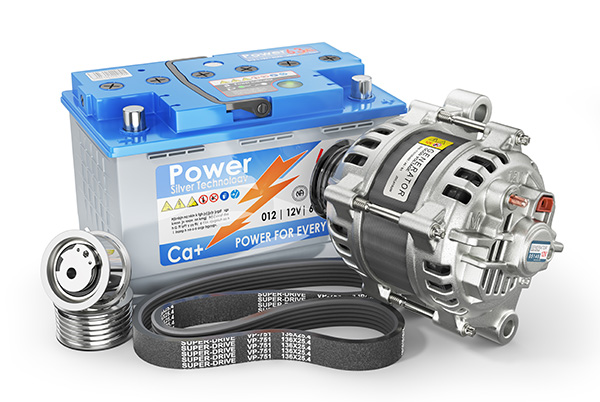
Most drivers think of the battery as the heart of the electrical system, but in reality, it’s the alternator that keeps things running. The alternator’s job is to generate electricity while the engine is running, supplying power to lights, climate control systems, entertainment systems, and other electrical components. At the same time, it recharges the battery so it’s ready to start your car the next time you turn the key. Without a properly functioning alternator, even a brand-new battery will quickly lose charge and leave you stranded. How the Alternator Works The alternator converts mechanical energy from the engine into electrical energy. It uses a belt connected to the crankshaft to spin an internal rotor, which generates alternating current (AC). A built-in rectifier then converts the AC into direct current (DC), which the car’s systems can use. This flow of electricity is what recharges the battery and powers every electrical component ... read more
Posted on 7/28/2025
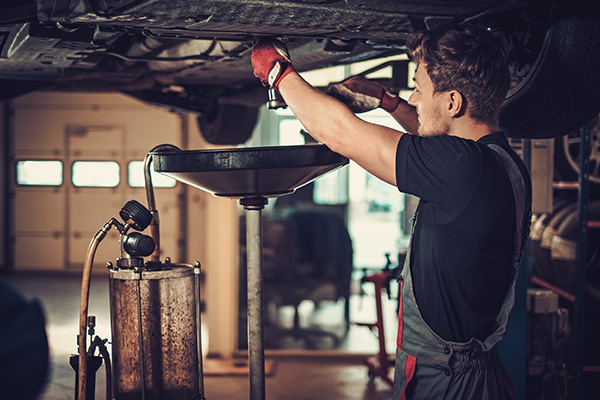
Oil changes are among the most critical maintenance tasks for keeping your car’s engine healthy and running smoothly. While many drivers are aware that they need regular oil changes, few truly understand what happens during the service and why each step is important. By breaking it down, you’ll see why staying on top of oil changes is essential to protecting your investment and keeping your vehicle performing at its best. Why Oil Changes Are So Important Engine oil plays a vital role in lubricating moving parts, reducing friction, and preventing overheating. It also helps clean the engine by carrying away dirt and metal particles. Over time, oil breaks down and loses its effectiveness, which can lead to increased wear and costly engine damage. Routine oil changes ensure your engine stays properly lubricated and free from harmful contaminants. Step 1: Draining the Old Oil The first step is to safely lift the vehicle and remove the oil d ... read more
Posted on 6/27/2025
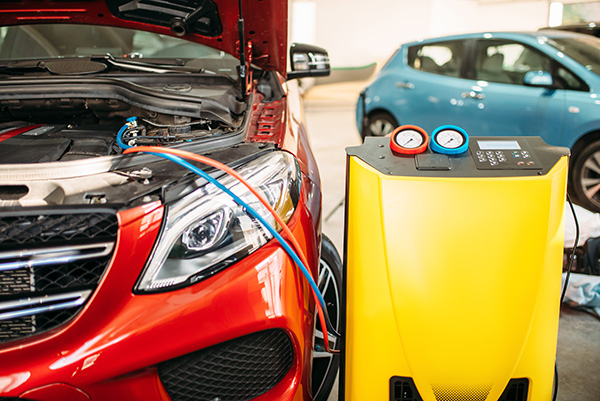
There’s nothing more frustrating than turning on your A/C during a scorching Maryland summer only to feel a faint breeze instead of a blast of cool air. You may think your system just needs a quick recharge, but weak airflow can be a sign of deeper issues. If your car’s A/C isn’t performing like it used to, now is the ideal time to have it checked. Your air conditioning system plays a vital role in maintaining comfort and safety, especially during the summer months. A decline in performance could mean a number of things are going wrong behind the scenes, and if you catch the problem early, it’s usually easier (and less expensive) to fix. Why A/C Airflow Becomes Weak Weak airflow from your vents doesn’t always mean your system is low on refrigerant. In fact, a simple recharge may not be effective if the underlying problem lies elsewhere. A clogged cabin air filter, a malfunctioning blower motor, or a damaged air duct can all significantl ... read more
Posted on 5/30/2025
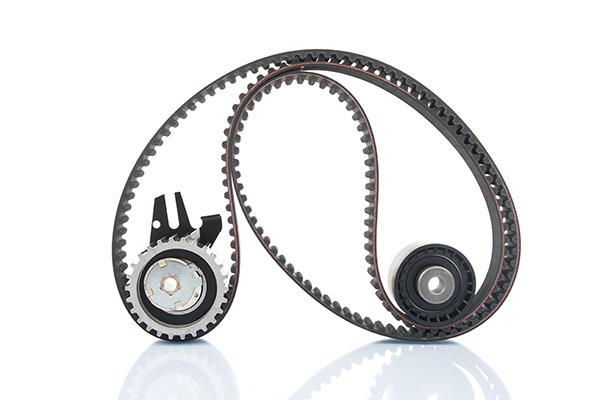
Belts may not seem like a big deal when you glance under the hood, but some play a much more critical role than others. In particular, the timing belt is one component that you never want to overlook. While both the timing belt and accessory belts are essential for your engine’s operation, one failure is far more serious than the other. Knowing the difference between these belts and why a timing belt failure can be catastrophic will help you avoid costly repairs and engine damage. What Does the Timing Belt Do The timing belt keeps your engine’s internal components moving in perfect sync. Specifically, it connects the crankshaft and camshaft, ensuring that the valves open and close at the right time in relation to the pistons. This precise timing is what allows your engine to run efficiently and avoid internal collisions between components. Timing belts are usually made of reinforced rubber and have teeth that match the gears they drive. They’re co ... read more
Posted on 4/28/2025
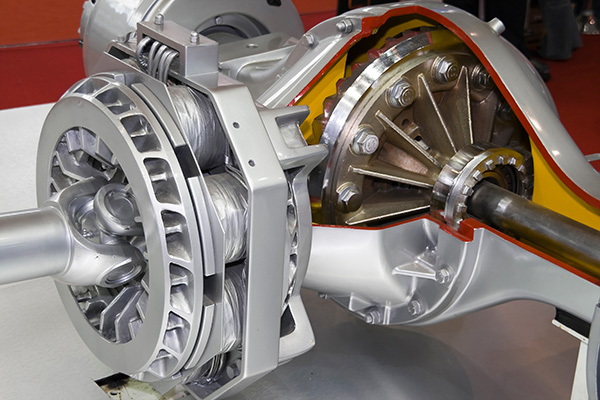
It’s not something you see when you pop the hood, and most drivers never think about it until there’s a problem—but the differential is a key part of your car’s drivetrain. It allows your wheels to spin at different speeds, especially when turning, which is essential for traction, stability, and overall drivability. Whether you drive a front-wheel, rear-wheel, or all-wheel drive vehicle, you’ve got at least one differential working behind the scenes. So what exactly does it do—and what happens if it starts to fail? What the Differential Actually Does When your car goes around a corner, the outside wheels have to travel farther than the inside ones. That means they need to spin faster to keep up. The differential makes this possible by distributing engine power to the wheels while allowing them to rotate at different speeds. Without it, both drive wheels would be locked together, which would cause tire scuffing, uneven wear, and v ... read more
Posted on 3/28/2025

Most people know that drunk driving is dangerous, but distracted driving is overlooked as an equally serious risk. With smartphones, in-car entertainment systems, and everyday distractions, a lot of drivers don’t realize how much their attention is divided while on the road. So, how does distracted driving compare to drunk driving? The statistics might surprise you. Both behaviors impair reaction times, reduce focus, and increase the chances of fatal accidents. Understanding the risks—and knowing how to avoid them—can help keep you and others safer on the road. What Happens When a Driver Is Distracted Distracted driving is more than just texting—it includes anything that takes your eyes, hands, or mind off driving. This can be something as simple as adjusting the radio, eating, or using a navigation system. Even a split second of distraction can lead to missing a stoplight, veering into another lane, or failing to react to sudden road hazards ... read more
Posted on 2/28/2025
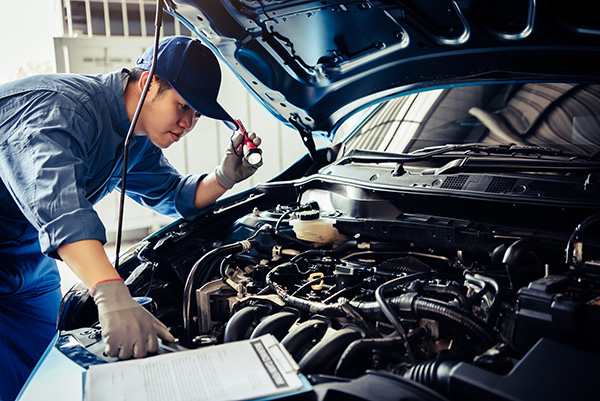
Car maintenance goes beyond just oil changes; several crucial tasks are often overlooked until they lead to significant issues. Many drivers focus on the basics but neglect essential components needed to keep their vehicles running smoothly. Ignoring these maintenance tasks can result in expensive repairs, reduced performance, and even safety risks. By staying on top of your car's less obvious maintenance requirements, you can help extend its lifespan and avoid unexpected breakdowns. Brake Fluid Brakes are one of the most important safety features on your car, but many people only think about them when they start making noise or feel weak. One often-overlooked aspect of brake maintenance is brake fluid replacement. Brake fluid absorbs moisture over time, which can lead to reduced braking performance, corrosion in the brake lines, and even brake failure. Unlike oil, which gets changed regularly, brake fluid can go unnoticed for years—until there’s a p ... read more
Posted on 1/31/2025
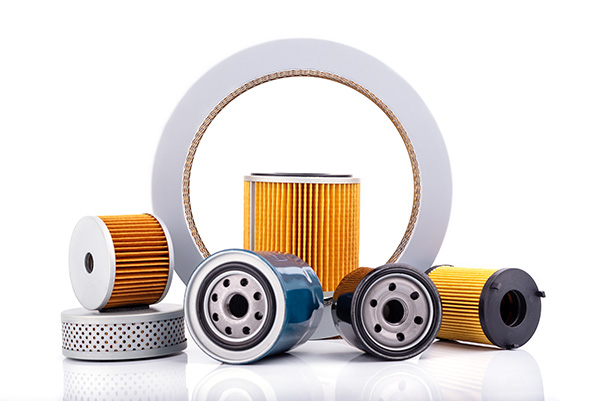
Your car is made up of countless components working together to deliver a safe and reliable driving experience. Among these, your car’s filters are often overlooked but play a crucial role in maintaining its performance and longevity. From ensuring clean air inside the cabin to protecting the engine from harmful debris, these filters are your vehicle’s unsung heroes. Knowing the key filters and their purpose can help you stay on top of maintenance and avoid costly repairs. 1. The Engine Air Filter The engine air filter ensures that only clean air reaches your engine's combustion chamber. It traps dirt, dust, and other debris that could otherwise damage internal components or reduce performance. A clogged engine air filter restricts airflow, leading to reduced power, poor fuel efficiency, and increased emissions. If your car seems sluggish or the check engine light comes on, the engine air filter could be the culprit. Replacing it regularly, as recomm ... read more
Posted on 12/20/2024

Holiday cheer in Washington, DC, often comes with a side of gridlock. If you’ve ever attempted to navigate the streets or highways around the nation’s capital during the festive season, you’ve likely found yourself stuck in endless traffic. But what’s behind this yearly headache? Let’s see why holiday traffic in Washington, DC, can feel like a test of patience and how you can better prepare for it. The Surge of Holiday Travelers The holiday season draws people to Washington, DC, from all over. Tourists flock to see the festive displays, monuments, and museums, while locals head out for shopping, family gatherings, and seasonal events. This mix of visitors and residents contributes to a dramatic increase in the number of vehicles on the road. Highway systems, including major routes like I-495 and I-95, can become heavily congested as people travel to and from the city. Whether it’s commuters heading home or families on their way to ... read more